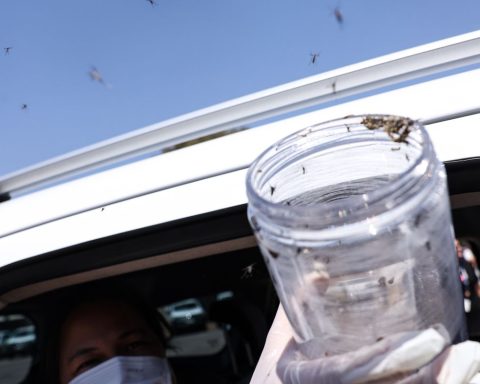The Ministry of Agriculture, Livestock and Supply (Mapa) ruled out the possibility that a bovine spongiform encephalopathy caused the death of two people in Bahia. The disease is also known as “mad cow” and made headlines after an outbreak that caused hundreds of deaths in the UK in the 1990s.
“The Ministry of Agriculture, Livestock and Supply (Mapa) clarifies that the cases of neurodegenerative diseases investigated in the state of Bahia and published in the press are not related to bovine spongiform encephalopathy (BSE) – variant of CJD (vCJD), popularly known as of the ‘mad cow’”, he informed, in a note.
According to the folder, the available information indicates a possible case of sporadic Creutzfeldt-Jakob disease (CJD), unrelated to the intake of beef, such as mad cow disease. “The ministry also reinforces that the consumption of meat and products derived from cattle in Brazil is considered safe, not representing a risk to public health”, he added.
Two people died in Salvador and three are infected, according to the Bahia Health Department (Sesab). Of these, two are hospitalized.
Creutzfeldt-Jakob disease
Creutzfeldt-Jakob disease (CJD) is a neurodegenerative disease characterized by causing a brain disorder with memory loss and tremors. It evolves quickly and leads to the death of the patient. CJD is a type of transmissible spongiform encephalopathy (TSE) that affects humans. Mad cow disease, in turn, is another rare neurodegenerative disease that is linked to the consumption of meat and by-products from cattle contaminated with bovine spongiform encephalitis (BSE). It is known as variant Creutzfeldt–Jakob disease ( vCJD)
The main clinical forms of Creutzfeldt-Jakob disease (CJD) are sporadic, hereditary and latrogenic, in addition to vCJD. The hereditary form occurs in about 10 to 15% of CJD cases. They occur due to a mutation in the gene that encodes the production of the prion protein.
Sporadic is the majority of diagnosed cases, 85% of them. It usually affects people between the ages of 55 and 70 (mean age 65) and is slightly more prevalent in women. Worldwide, it has a stable and described incidence of 1 to 2 new cases per 1,000,000 inhabitants. The sporadic form has no known infectious cause and source, nor a proven person-to-person transmissibility relationship.
The latrogenic form occurs as a consequence of surgical procedures (transplants of the dura mater, one of the membranes that surround the brain, and of the cornea) or through the use of neurosurgical instruments or contaminated intracerebral electrodes. More than 250 patients worldwide have been associated with this form. This represents less than 1% of cases.















